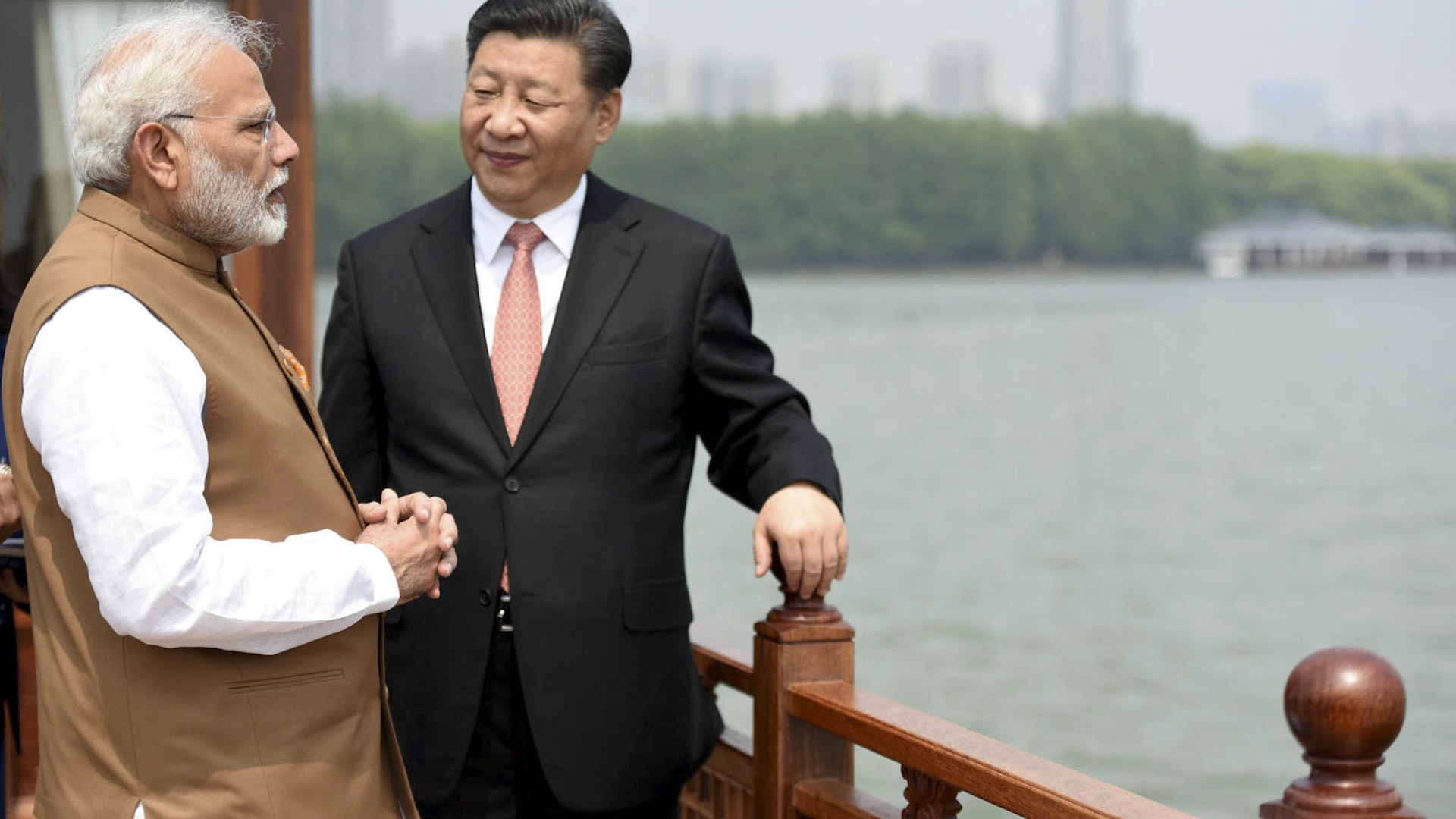Around September 2, local time, the major authoritative media in New Delhi suddenly heard news that Indian Prime Minister Narendra Modi suddenly changed the place of informal meeting with Chinese President Xi Jinping from October 11 to 13.
The city where the Chinese and Indian heads of state met with the meeting has been changed from the Hindu culture of India, the historic city of Varanasi (also known as Benares), to the southeastern part of Tamil Nadu, which was disclosed in May 2019. The coastal town of Mamallapuram.
At present, there is no explanation for this arrangement in New Delhi. However, the Indian government sources also emphasized that “New Delhi has investigated a number of cities” and decided to temporarily set up the summit site in Mahabalipuram. This detail also shows the thoughtfulness of India’s replacement of the summit meeting site: several reasons are also on the paper.
First of all, for India, pure cultural exchanges still cannot meet the most urgent requirements of New Delhi. The Modi authorities also want to showcase India’s economic capabilities.
Modi hopes to strengthen the “cultural attributes” of the second informal meeting between the Chinese and Indian leaders. The Hindu “Holy City” Varanasi does indeed fit this. However, Uttar Pradesh and Varanasi, which have a large population and a serious economic development lag, cannot be representative of India’s current economic situation. At present, Uttar Pradesh, with a population of 240 million, is certainly the third largest economy in India. However, the local economy is dominated by agriculture and the industry is underdeveloped. This situation is inconsistent with the image of the “industrial country” that India hopes to display.
The Mahalapram and its Tamil Nadu area are different. The northern part of the city is called Chennai, which is called “Detroit, India”. The west is the Bangalore, known as the “Indian Silicon Valley”. This place is also the most developed in India. Tamil Nadu area. This local environment with developed manufacturing and high-tech industries can also allow Modi to fully show Xi Jinping the latest environment in India’s manufacturing industry. In turn, it will provide a basis for the next stage of Sino-Indian cooperation.
Secondly, the Modi authorities have arranged the informal meeting between the China and India summits in the Tamil Nadu area to have the purpose of “one stone and two sculptures”. That is to appease the local public opinion while developing the economy, and then organically combine the promotion of public opinion and the development of the economy.
According to the data, the Tamil Nadu area has long been at a distance from the Central Government of the “People’s Party” represented by Modi. Although the well-known local movie star and politician Jayalalithaa Jayaram had organized his “Ana Dhabi Progressive Alliance of India” (AIADMK) to cooperate with the Modi camp, Tamil Nadu’s relationship with the central government improved. .
However, after Jia Yalam’s death in 2017, another major local giant, the Daro Pei Progressive Alliance (DMK), gradually gained an advantage and, after the general election in May 2019, basically expelled Modi’s People’s Party and its alliance. Out of the state. Considering that the economic potential of the South India region has been greater than that of North India, it is necessary for the Modi authorities to adopt a certain balance to show the authorities’ emphasis on the region, and the success of the summit has been achieved.
As far as the economic environment of Tamil Nadu is concerned, the local government has always hoped to attract Chinese companies to Xingye. Since 2015, the Tamil Nadu government has sent personnel to Shanghai several times. China Telecom giant Huawei also set up a factory in the same year. Considering that the local economy is still the second largest economy in India after Maharashtra as of 2019, the economic environment of Chennai and other places is no less than that of India’s largest city, Mumbai. At a time when India’s economic growth is temporarily slowing, New Delhi’s move shows its foresight to try to stimulate the economy.
In addition, the Modi authorities’ transfer of informal meetings from Varanasi to Mahabalipura, 1,500 km away, may also have security concerns.
The population of Varanasi and the relatively complex religious environment are also a test for New Delhi. In contrast, Mamara Plum, with two world heritage sites and a population of just over 10,000, is more suitable for foreign guests than Varanasi, with a population of one million.
In general, for the New Delhi authorities headed by Modi, the main problems and minor issues between China and India are already evident in the current global trade war and the global economic slowdown. The political dignitaries between China and India have repeatedly stressed that the “informal meeting” of the summit is the top priority of bilateral relations during the year and “will surely lead China-India relations to a new level.”
It is conceivable that the selection of the venue in New Delhi before the summit may be just the beginning. The Modi authorities may continue to do more work in more detail in the future.












